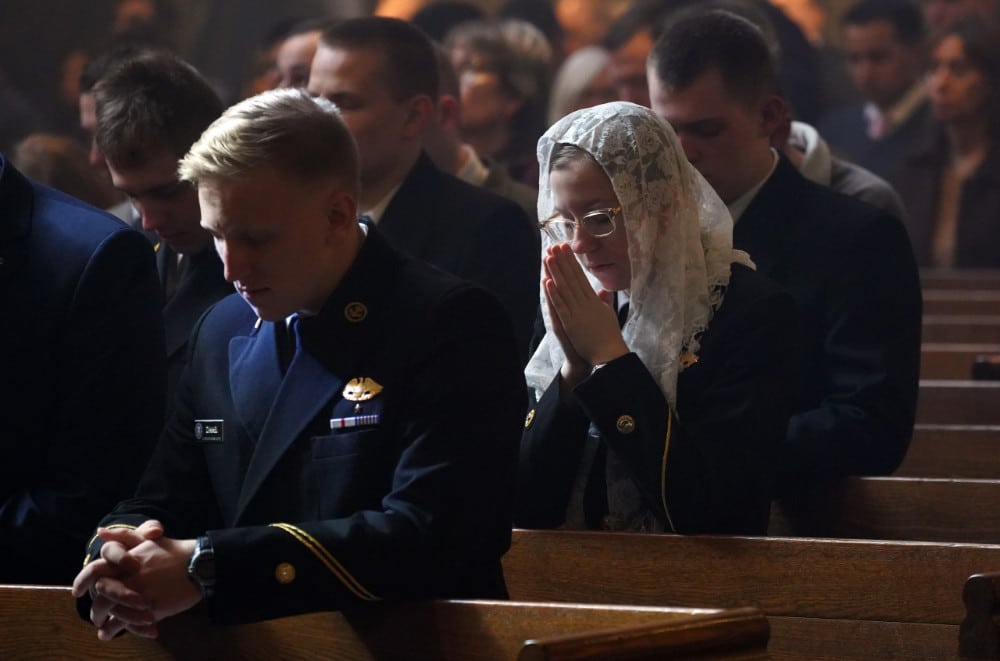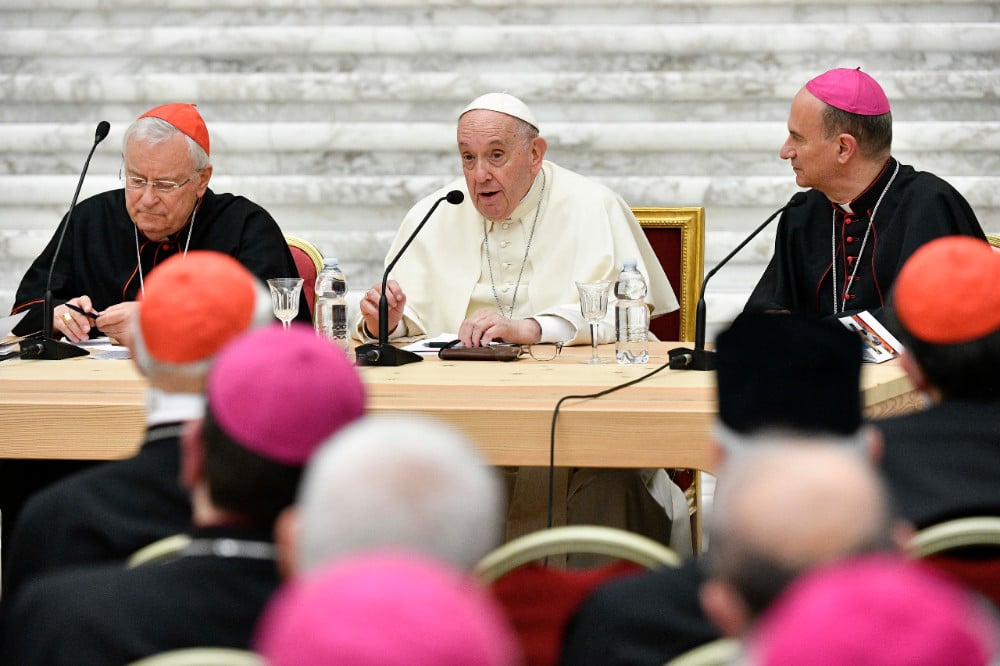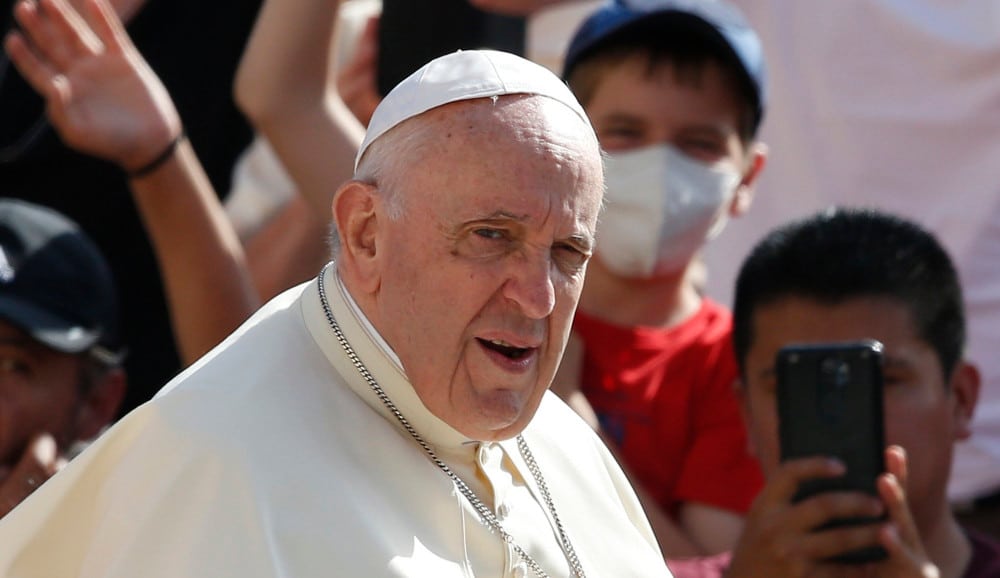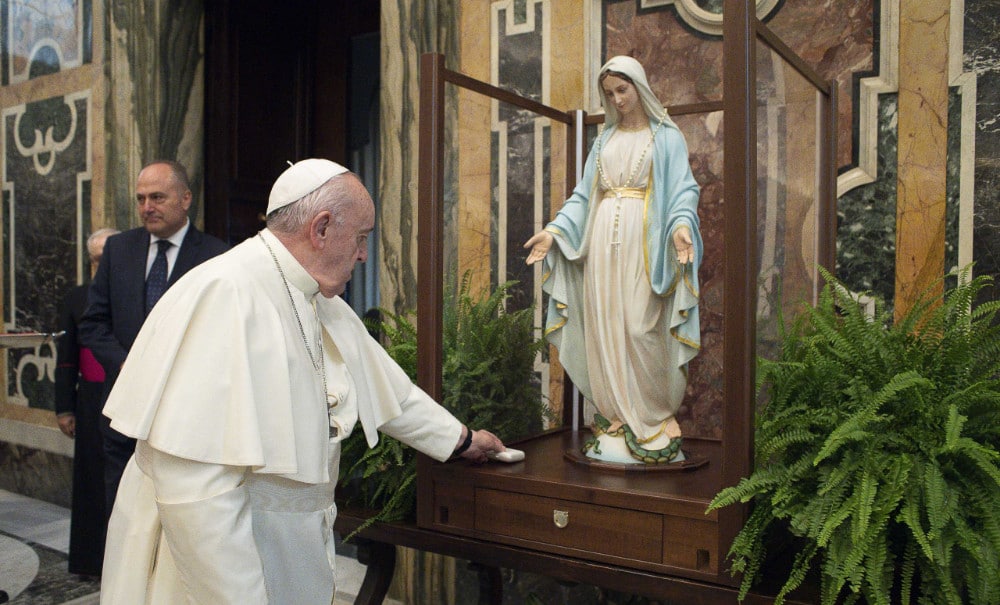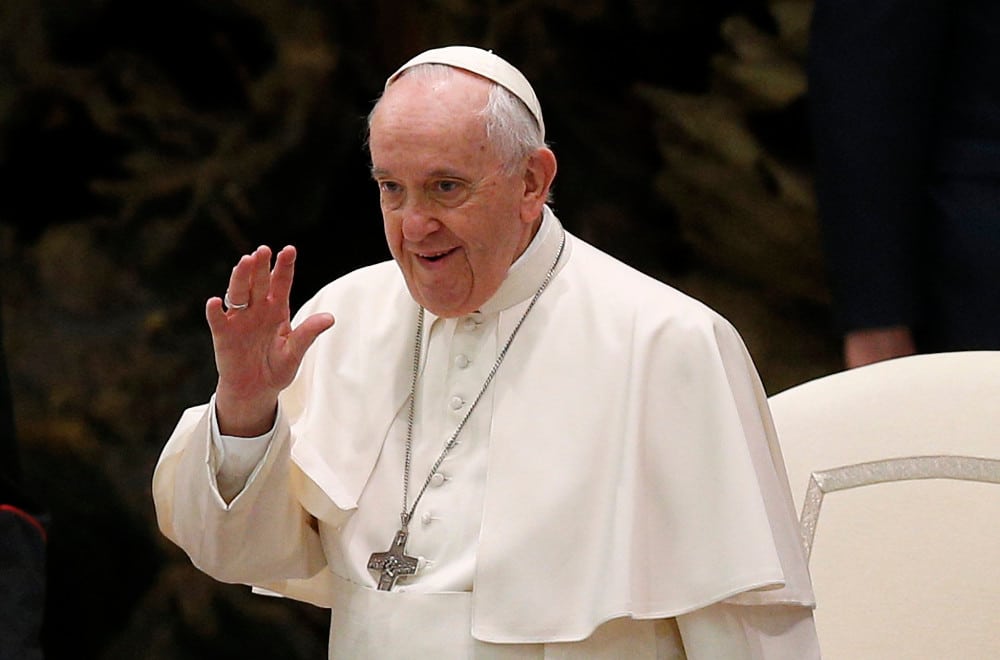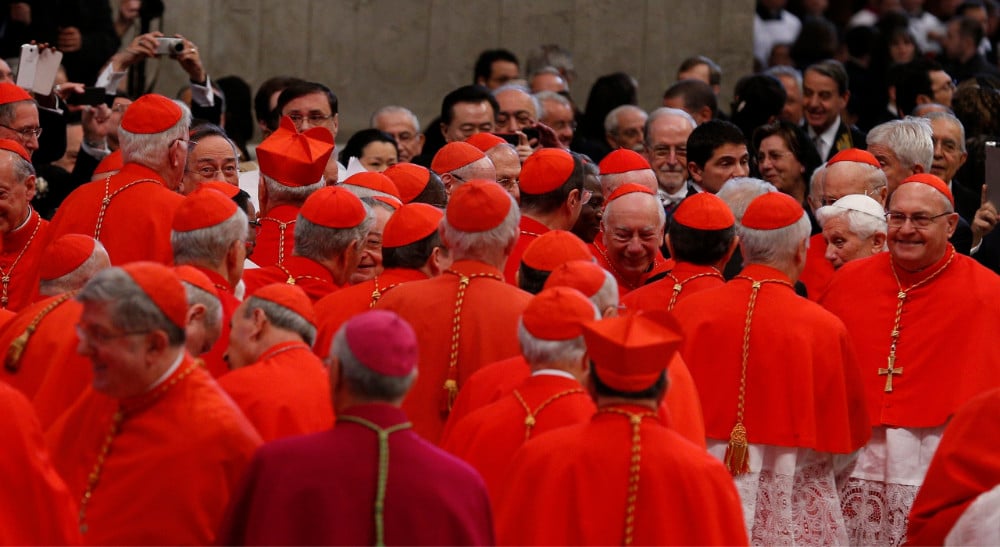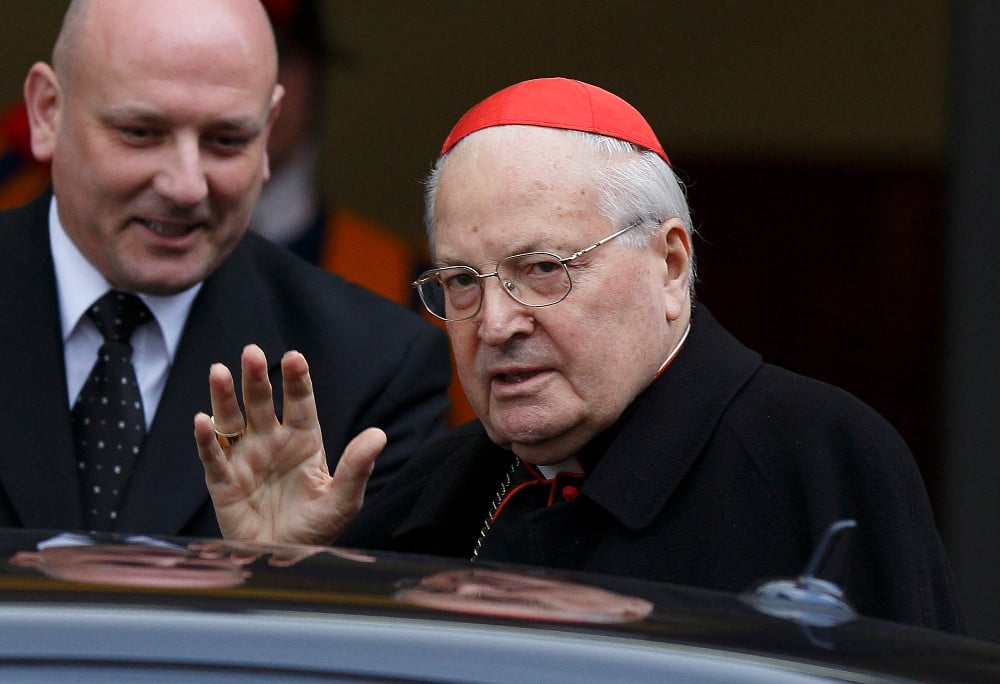This is the seventh in a series of articles exploring the gift and promise of Vatican II’s liturgical reforms.
Thus far, this regular series of columns has sought to uphold the reforms of Vatican II. As I have expressed in conversation with several interlocutors who have emailed me, I believe it is sociologically naive to perceive post-conciliar reform as the source of such a wide diversity of problems in pastoral life, many of which (including the sexual abuse scandal) were already present in the Church.
And yet, something needs to be said about why there is attraction to the pre-conciliar rites — at least in the United States. Most analysis related to traditionalism in the liturgy seems to understand it as a rejection of the Second Vatican Council, a conservative political movement that seeks to turn back the clock to the heydays of the 1950s. Even Pope Francis often expresses the attraction to the Latin Mass in this way.
Such traditionalists exist. They are prominent on Twitter (and, for the most part, they do not like me).
But it’s not the whole story. And if we are to move beyond fighting over the liturgy, we need to understand the larger cultural narrative.
A sense of belonging
I want us to think together about roots and progress.
Human beings need roots — that is, we need to connect our personal story to a larger story.
Why was I so moved when I visited Ireland for the first time in 2002? Yes, my name is Timothy Patrick O’Malley. Yes, I have celebrated St. Patrick’s Day since I was a wee lad.
But I’m not really from Ireland. Not like an actual Irish person, who is born in Cork or Dublin. My family once upon a time left Ireland for the United States. I don’t know the story that led to this, and yet, when I arrived in Ireland, I felt like I was at home. These were my roots.
Why should I care about my roots? Roots are integral to meaning and belonging. I am not alone, a single person apart from all other persons. I belong to a tradition into which I can make sense of my life.
Without roots, I don’t belong. Migration is traumatic because I am ripped out of my roots, out of my story, and must locate myself in a new one.
Now, the dilemma of the modern age is that we have forgotten our need for roots. Rootedness was replaced by a myth of progress. We could leave behind everything that came before, commencing anew.
It is the myth of geographic mobility. As persons, we do not need to belong anywhere because we are not attached to a place.
It is the myth of technology in which we are one innovation away from total bliss.
It is the myth that assumes every piece of wisdom passed down to us by our forebears must be rejected if we are to come into our own.
Now, imagine growing up like this.
First, you might experience a profound sense of alienation or homelessness — like you belong nowhere, having to find your own way without guidance from the past. Yes, at first, the freedom would have been intoxicating. But after a while, such freedom grows stale.
Second, you’d likely be disappointed by this myth of progress. Globalization promises happiness until the market crashes. Increasing access to higher education promises freedom, but it also leads to debt. The myth of technological salvation never comes, and in fact, the very media that promised you infinite access to friendship and communion makes you lonely.
Now, imagine that you recognized this sense of alienation and homelessness. Imagine that you understood that a certain myth of progress had made you rootless.
You might find your way back to your roots. To tradition(s). You’d do so consciously, not because you were forced to. But because you found in many of these forgotten traditions a way of discerning both meaning and belonging. You reappropriated the tradition as a way of making meaning of your life.
Seeking the truth
What does any of this have to do with those interested in the pre-conciliar liturgy? Born in 1982, I was initiated into the Roman Catholic Church only 13 years after the promulgation of the Missal of Paul VI — what is called, the novus ordo.
Throughout my religious education, I was informed that this “new” Mass replaced the antiquated liturgy of my grandparents’ youth. In my religious instruction, I was told that Vatican II left behind devotional practices like Stations of the Cross and Benediction of the Blessed Sacrament.
In graduate school, I learned that the early Church celebrated the liturgy aright, but medieval superstition and excessive clericalism led to severe aberrations that Vatican II at last stripped away.
Eventually, I grew suspicious of what I was being told. I still loved the “new” Mass, but I attended an Extraordinary Form liturgy and did not find it dreadful. I met dear friends who found it extraordinarily fruitful to their life in Christ. I began to participate in many of the devotional practices I was told were left behind and recognized what was lost. I read widely in medieval studies and recognized that the story of decline was insufficiently attentive to historical data.
Most of all, I recognized the danger of a rigid traditionalism and progressivism alike. Both forestalled the free act of inquiry, of shaping an identity according to the mystery of Jesus Christ.
Not everything from the past is great.
Not everything from the past should be thrown away.
Every era of the Church, guided by the Spirit, has something to offer the (post)modern believer making sense of what it means to be a Catholic in this context.
So, if you really want to know what’s happening with interest in the United States with the Latin Mass, you need to recognize it has little to do with the liturgy itself. For many, it’s not a rejection of Pope Francis — or of Vatican II, either.
It is a rejection of a myth of progress in which everything (except early Christianity) must be left behind as a “new Church” comes into being.
Finding what sanctifies
Now, it’s risky because this kind of “traditionalism” can easily calcify, becoming a nostalgic exercise in escaping the present task of Catholicism in 2022. We can’t re-create 1950, 1850 or 1350. We live in our time.
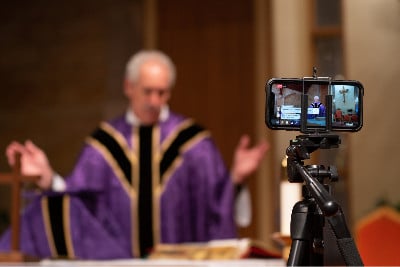
But progressivism can also calcify. It tends to see anything considered “old” or “ancient” as worthless. Yet, in a digital age, in which our memory is extended through the power of the internet (you can see a Latin Mass today on YouTube or learn quickly about the wisdom of rogation days on your phone), people have new access to the wisdom of tradition(s).
Rather than continue to fight about the liturgy, which has become tiresome to a younger generation that is simply going to do what they do, I wish that we’d start thinking about the root cause(s) of things like the Latin Mass. It’s easy to paint every Latin Mass-goer as a sectarian caveman. It’s easy to blame the whole crisis on the post-Vatican II, iconoclastic clergy who got rid of all devotions and imagery.
It’s more difficult to really think through the root of problems. And that may, ironically, be the only way we make any progress in embracing the real wisdom of Vatican II’s mission to sanctify every crack and crevice of the world, renewing all things in Christ.
Timothy P. O’Malley, Ph.D., is the director of education at the McGrath Institute for Church Life at the University of Notre Dame.

